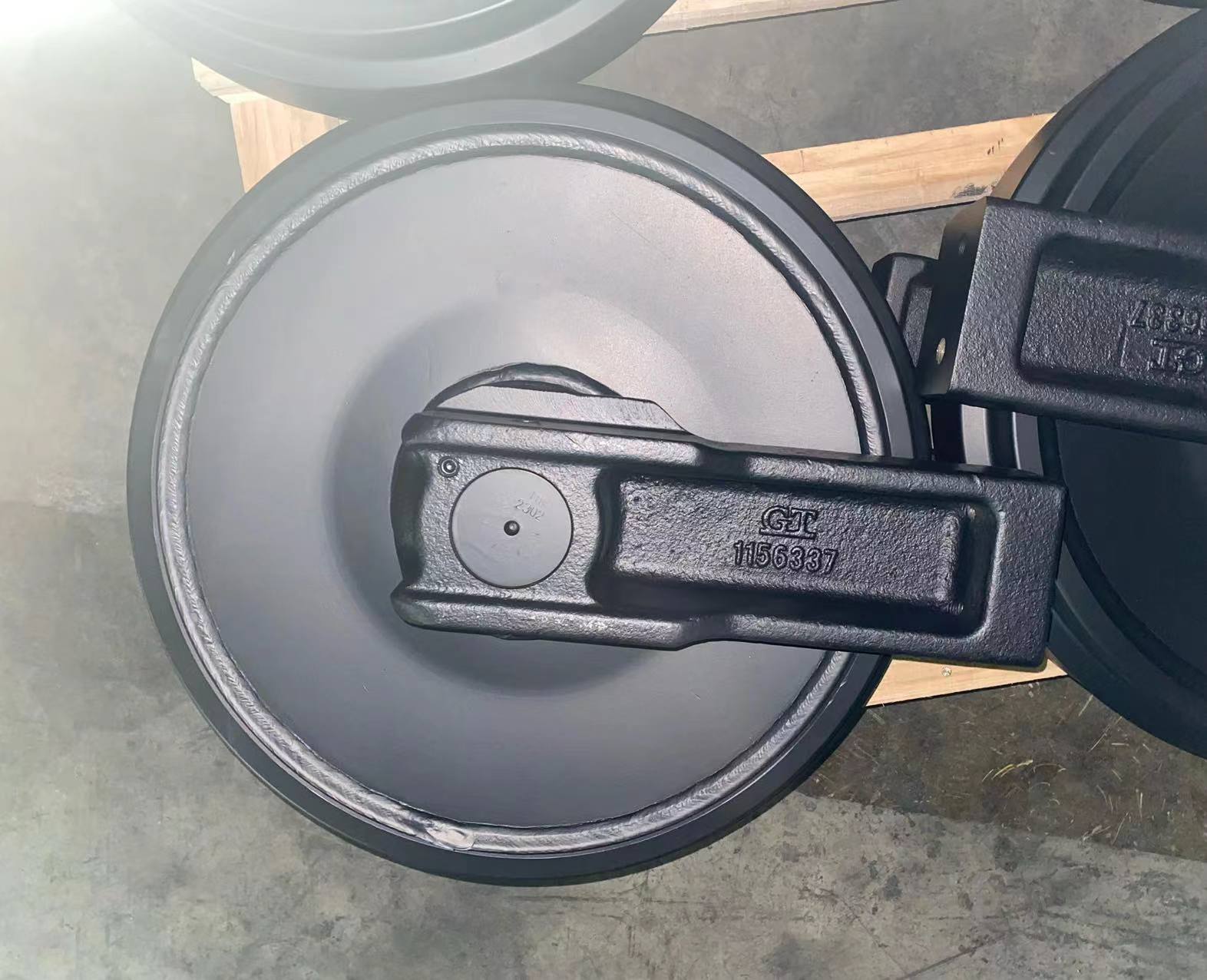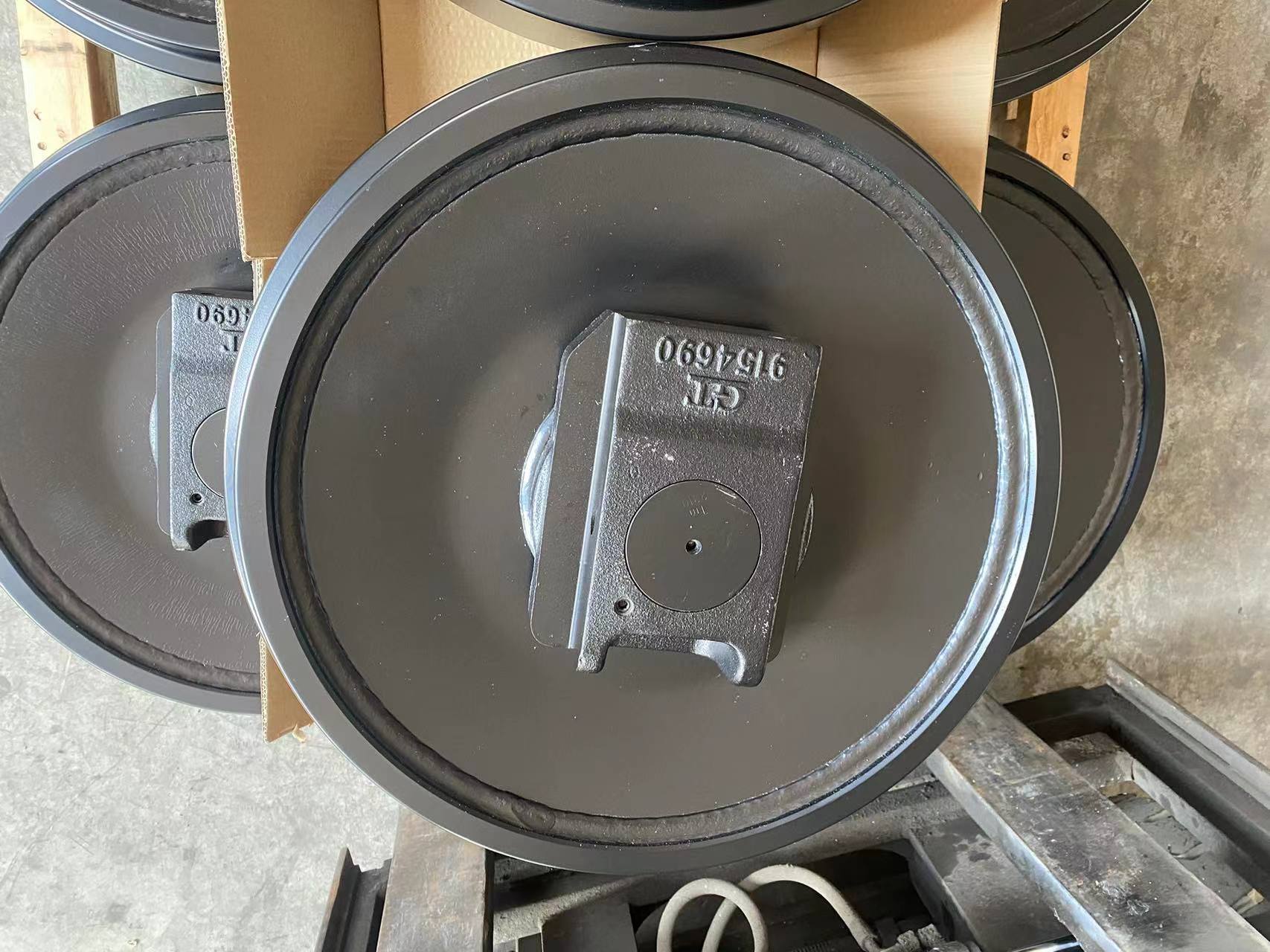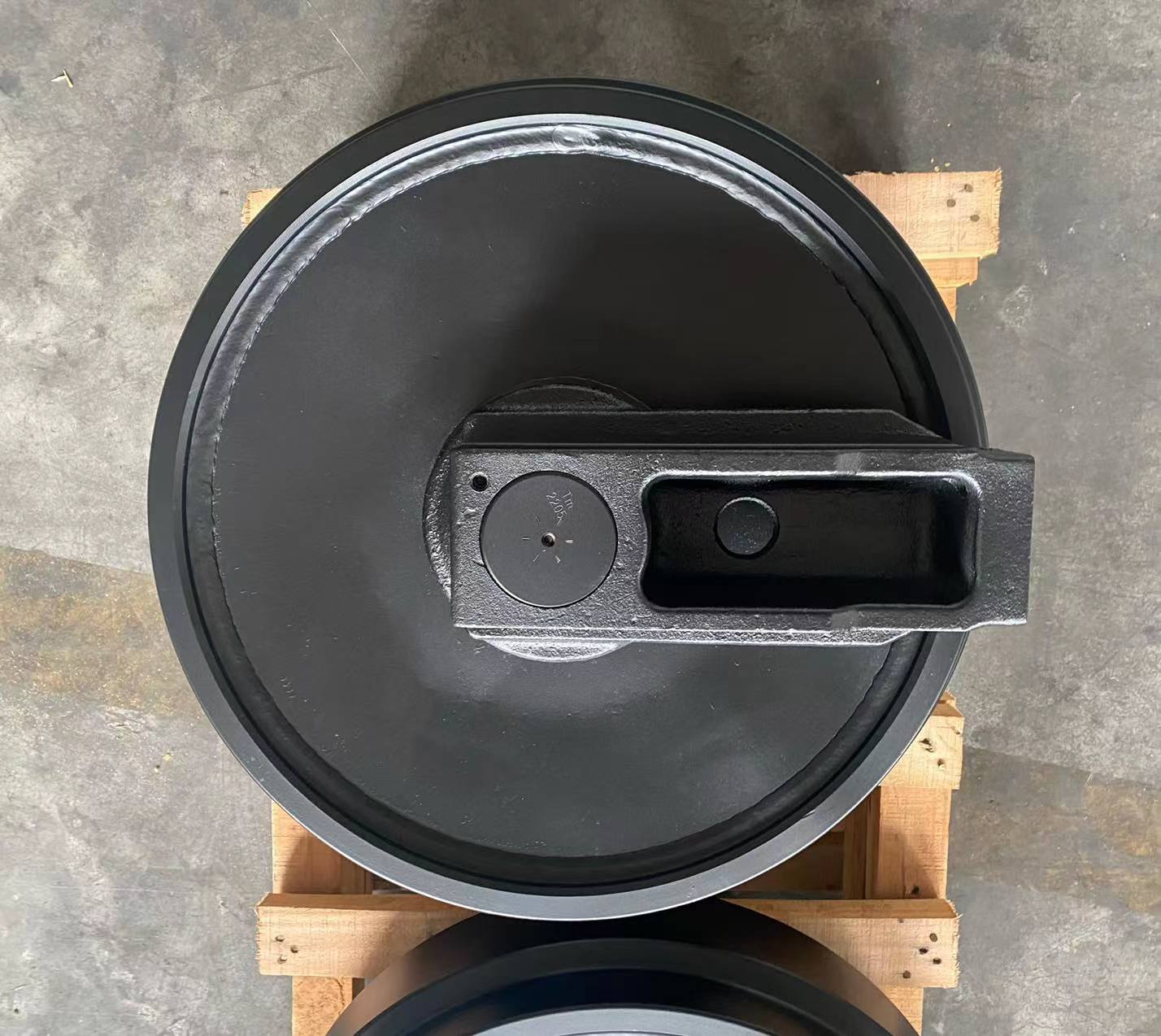A forged idler is made by shaping and compressing metal under high pressure, resulting in a stronger and more durable component compared to a cast idler, which is made by pouring molten metal into a mold.
In terms of performance, a forged idler generally has better mechanical properties, such as higher strength, toughness, and resistance to wear and fatigue. This makes it more suitable for heavy-duty applications where there is high stress and impact.
On the other hand, a cast idler may have lower strength and toughness compared to a forged idler. It is typically more cost-effective to produce but may be more prone to cracking or deformation under heavy loads.
Overall, a forged idler is often preferred for applications that require high performance and durability.




| Forging Idler | |||
| MODEL | WEIGHT(KG) | MODEL | WEIGHT(KG) |
| DH258 | 110 | HD1430 | 160 |
| DH300 | 168 | HD2045 | 248 |
| DH370 | 186 | HD820 | 105 |
| DH500 | 220 | JCB200/JS220 | 113 |
| DX225 | 110 | PC100-5 | 52 |
| DX300 | 180 | PC200-7/8 | 108 |
| DX500 | 220 | PC300-6/8 | 185 |
| E120B | 78 | PC400 | 276 |
| E320 | 115 | R225-7 | 115 |
| E324D | 115 | R225-9 | 115 |
| E325 | 176 | R210LC-7 | 115 |
| E330 | 260 | R305 | 188 |
| E345 | 265 | R455 | 220 |
| EC140 | 81 | SH200 | 100 |
| EC210/EC240 | 120 | SH350 | 175 |
| EC290 | 182 | SH350A7 | 173 |
| EC360 | 186 | SH450 | 252 |
| EC460 | 265 | SK120 | 78 |
| EX120-5 | 80 | SK200-3 | 115 |
| EX200-2/DH220 | 105 | SK270 | 170 |
| EX200-6 | 108 | SK350 | 183 |
| EX270 | 165 | SK460 | 260 |
| EX300-5 | 172 | YC135 | 88 |
| EX300-5G | 182 | ZAX200-5G | 113 |
| EX400 | 240 | liugong930 | 195 |
| EX470 | 260 | YHDE360 | 200 |
Post time: Mar-19-2024




